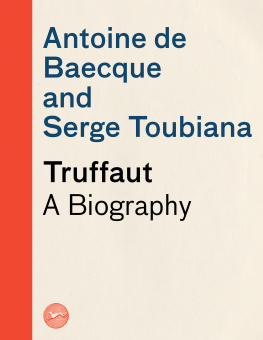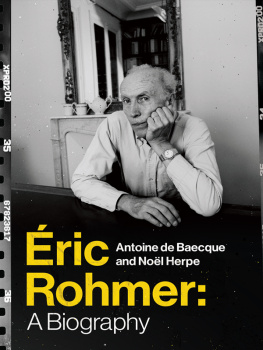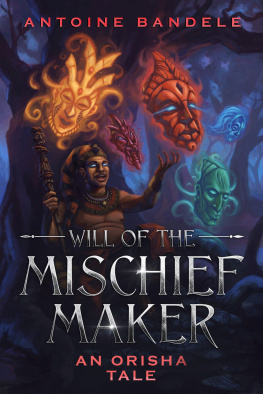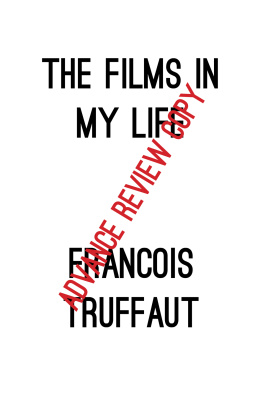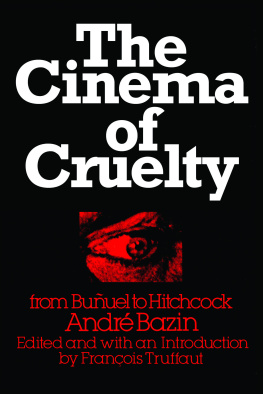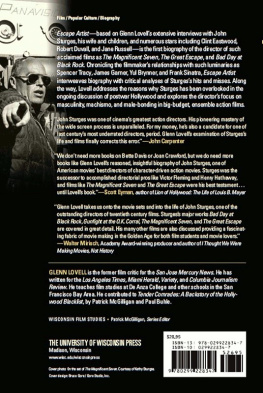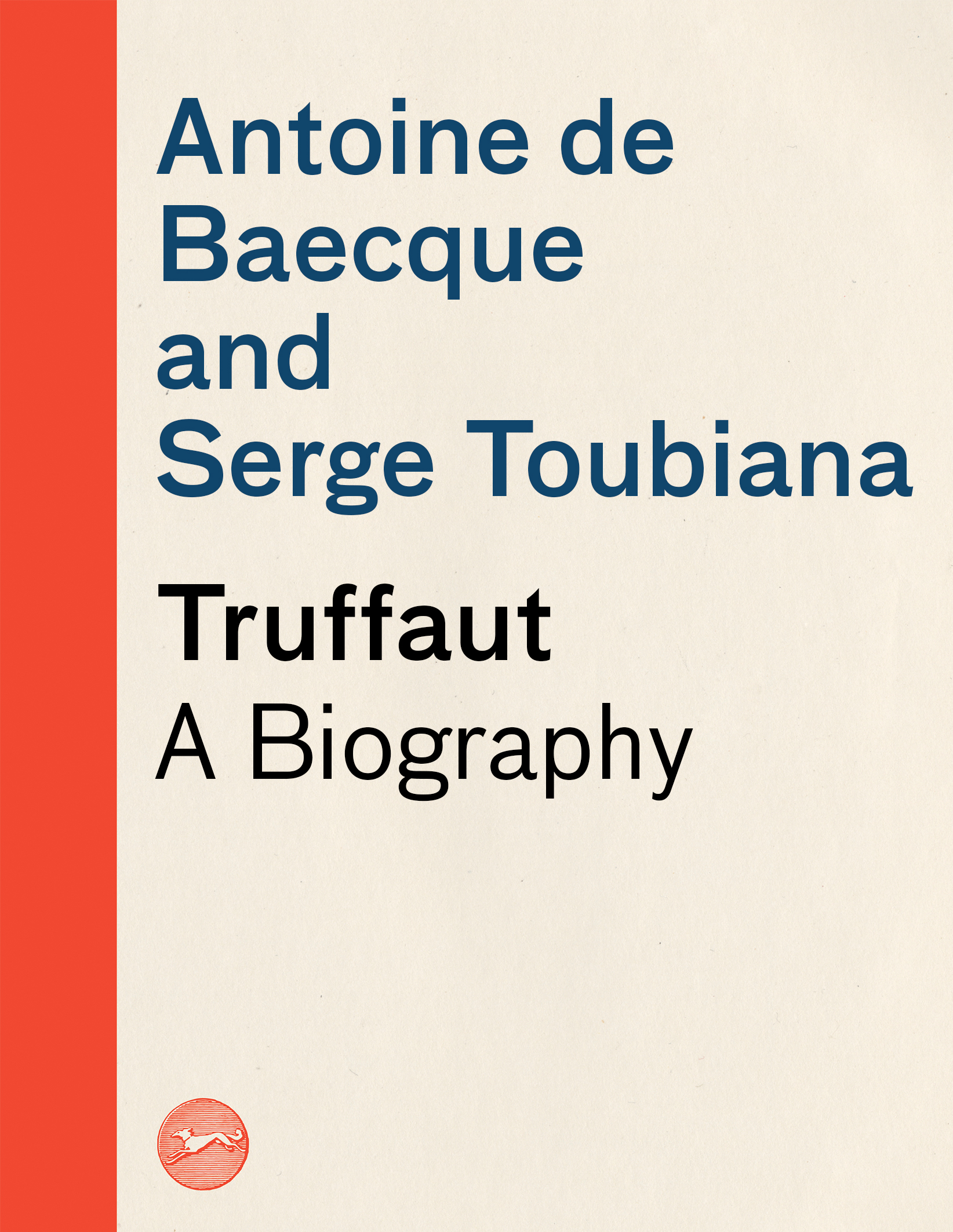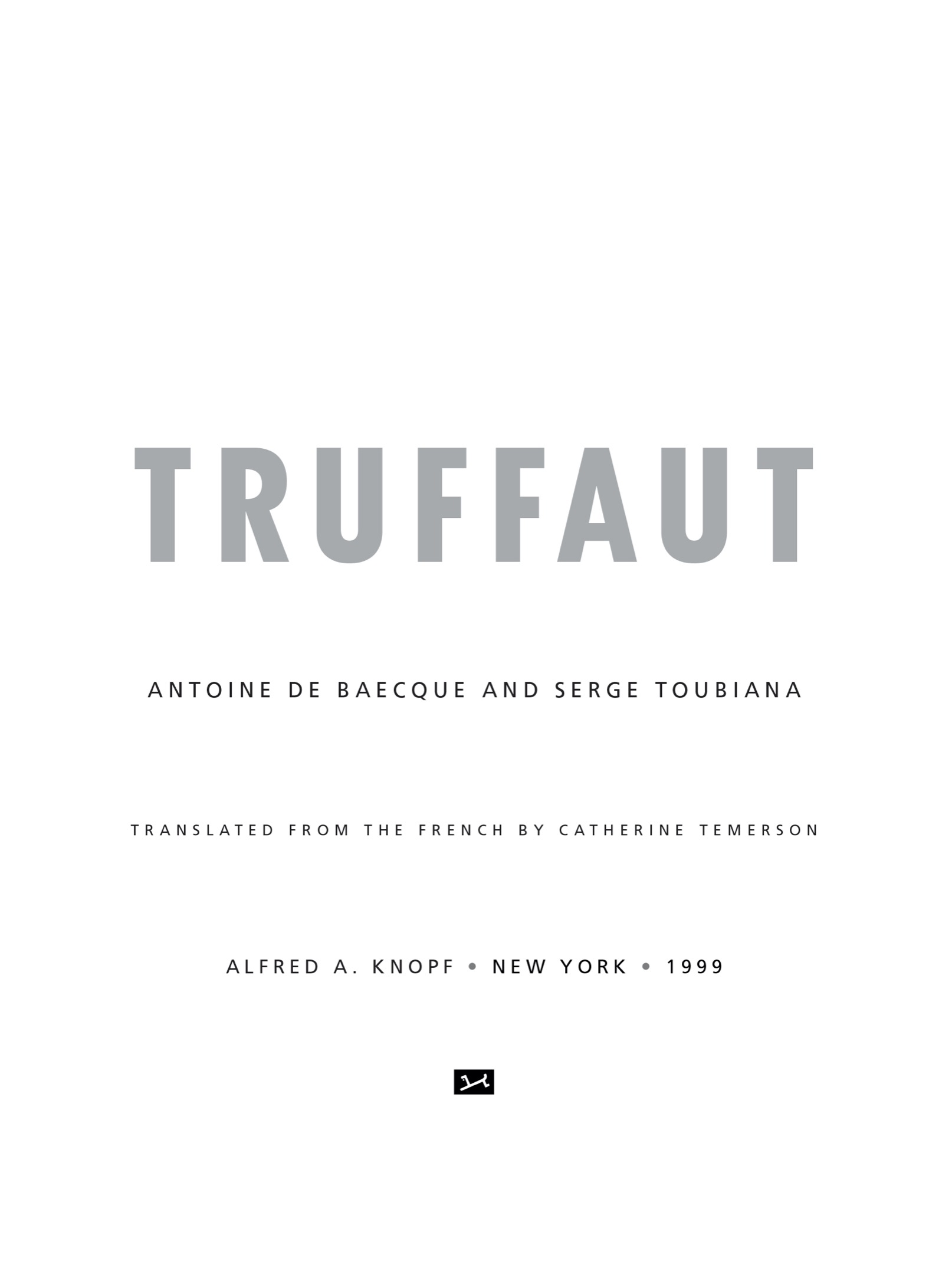Antoine De Baecque - Truffaut: A Biography
Here you can read online Antoine De Baecque - Truffaut: A Biography full text of the book (entire story) in english for free. Download pdf and epub, get meaning, cover and reviews about this ebook. year: 2022, publisher: Knopf Doubleday Publishing Group, genre: Non-fiction. Description of the work, (preface) as well as reviews are available. Best literature library LitArk.com created for fans of good reading and offers a wide selection of genres:
Romance novel
Science fiction
Adventure
Detective
Science
History
Home and family
Prose
Art
Politics
Computer
Non-fiction
Religion
Business
Children
Humor
Choose a favorite category and find really read worthwhile books. Enjoy immersion in the world of imagination, feel the emotions of the characters or learn something new for yourself, make an fascinating discovery.
- Book:Truffaut: A Biography
- Author:
- Publisher:Knopf Doubleday Publishing Group
- Genre:
- Year:2022
- Rating:4 / 5
- Favourites:Add to favourites
- Your mark:
Truffaut: A Biography: summary, description and annotation
We offer to read an annotation, description, summary or preface (depends on what the author of the book "Truffaut: A Biography" wrote himself). If you haven't found the necessary information about the book — write in the comments, we will try to find it.
Now, with captivating immediacy, Antoine de Baecque and Serge Toubiana give us the definitive story of this beloved artist.
They begin with the unwanted, mischievous child who learned to love movies and books as an escape from sadness and confusion: as a boy, Francois came to identify with screen characters and to worship actresses. Following his early adult years as a journalist, during which he gained fame as Frances most iconoclastic film critic, the obsessive prodigy began to make films of his own, and before he was thirty, notched the two masterpieces The 400 Blows and Jules and Jim. As Truffauts dazzling body of work evolves, in the shadow of the politics of his day, including the student uprisings of 1968, we watch him learning the lessons of his masters Fellini and Hitchcock. And we witness the progress of his often tempestuous personal relationships, including his violent falling-out with Jean-Luc Godard (who owed Truffaut the idea for Breathless) and his rapturous love affairs with the many glamorous actresses he directed, among them Jacqueline Bisset and Jeanne Moreau. With Fanny Ardant, Truffaut had a child only thirteen months before dying of a brain tumor at the age of fifty-two.
Here is a life of astonishing emotional range, from the anguish of severe depression to the exaltation of Oscar victory. Based on unprecedented access to Truffauts papers, including notes toward an unwritten autobiography, de Baecque and Toubianas richly detailed work is an incomparably authoritative revelation of a singular genius.
Antoine De Baecque: author's other books
Who wrote Truffaut: A Biography? Find out the surname, the name of the author of the book and a list of all author's works by series.

